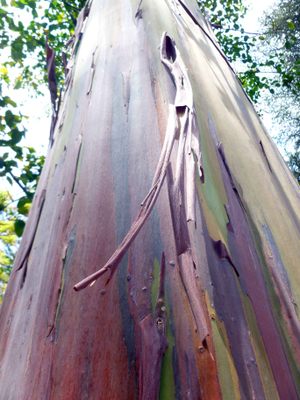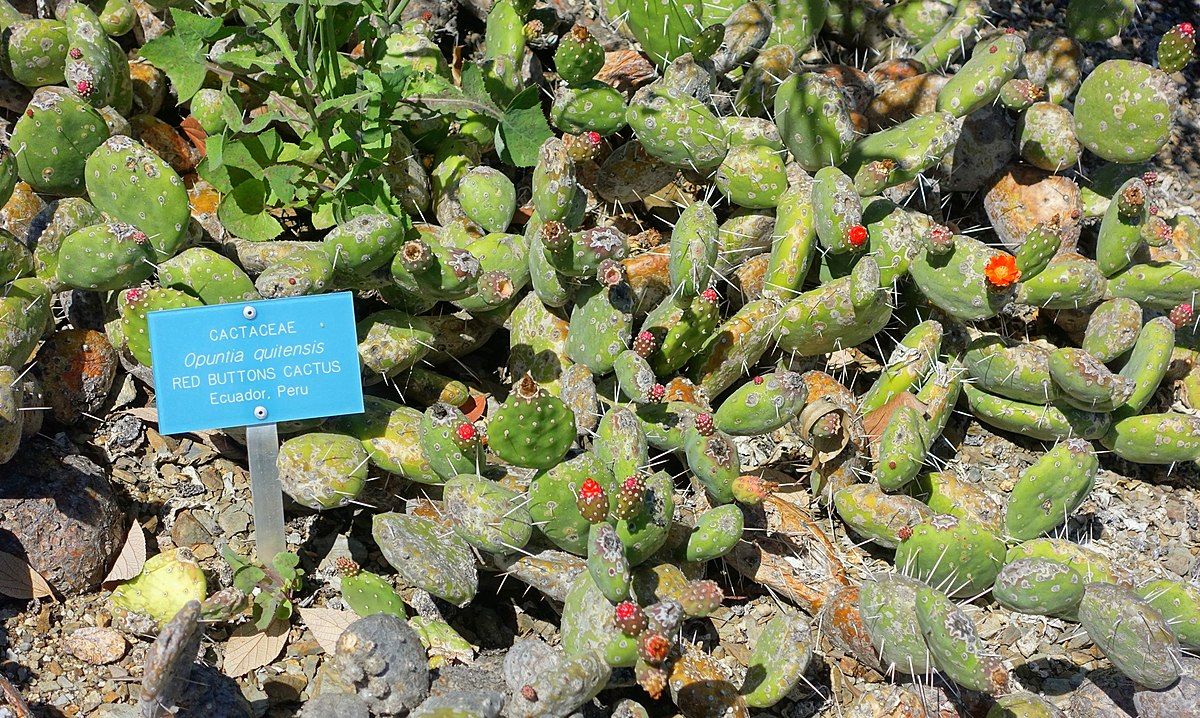About
Founded in 1929, the botanical garden at University of California Los Angeles was kickstarted by a government program to create jobs during the Great Depression. It began as a collection of plants donated by the U.S. Department of Agriculture and a small group of California gardens, in addition to the native species that grew onsite, such as willow trees and coastal scrub.
Within two decades, the garden boasted around 1,500 plant varieties, and that number more than doubled between the 1950s and '70s when the garden gained traction for its special collection of Eucalyptus and Ficus plants. The botanical garden became an important site for horticultural research and experimentation in the subtropical tree arena, and the UCLA campus cultivated an impressive arboretum.
Today, the 7.5-acre garden is an educational resource, a research site, and a "living museum" that exhibits some 3,500 species plant varieties from across the globe. The plant collections are organized thematically and geographically, and include Ancient Conifers, Bromeliads, Cycads, Mediterranean Ecosystems, and Southern California Natives, among others.
The garden was named Mildred E. Mathias Botanical Garden in 1979, after the pioneering American horticulturist who helmed the garden for 18 years. Mathias pushed for increased public awareness and appreciation of the space by offering tours of the flourishing UCLA landscape. In 1996, an outdoor amphitheater known as "the Nest" was built beneath an old Ginkgo tree as a quiet place of contemplation for visitors to the garden.
Related Tags
Know Before You Go
From February through October, the botanical garden is open from 8 p.m. to 5 p.m. Monday through Friday, and 9 a.m. to 5 p.m. on weekends. Admission is free. Visitors may bring dogs as long as they’re leashed. Guided tours are available on the first Saturday of each month, starting at 1 p.m. from the Nest. Visitors may also schedule private tours.
Community Contributors
Added By
Published
May 21, 2019






























































